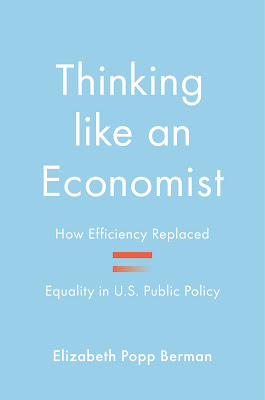Daniel Farber goes back to the history of American environmental law again in his recent Legal Planet post, "50 Years Ago: Environmental Law in 1973". Farber writes:
Like today, 1973 was a time of political turmoil. The bitterly divisive Vietnam War was winding to an end, and much of the news that year was dominated by the Watergate scandal that ultimately brought down President Nixon. One subject stood outside the political turmoil: environmental law. In an EPA survey, 85% of the public thought pollution was a big problem.
The passage of the ESA highlights the extent of the national consensus over the environment. It’s a controversial law today, but it passed the Senate unanimously and the House by a 355-4 margin. In signing the bill into law, President Nixon said: “Nothing is more priceless and more worthy of preservation than the rich array of animal life with which our country has been blessed. It is a many-faceted treasure, of value to scholars, scientists, and nature lovers alike, and it forms a vital part of the heritage we all share as Americans.” He congratulated Congress for “taking this important step toward protecting a heritage which we hold in trust to countless future generations of our fellow citizens."
After summarizing some judicial decisions of the year, Farber continues:



